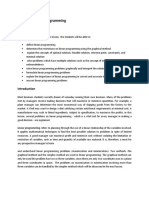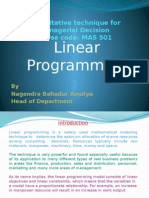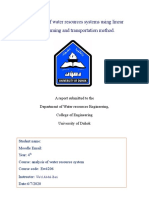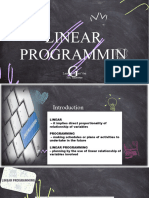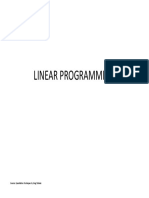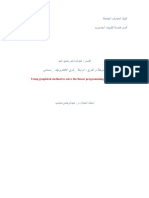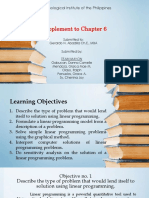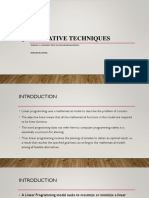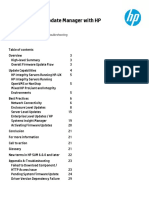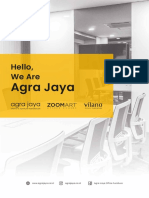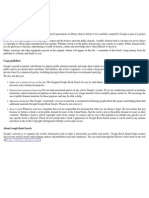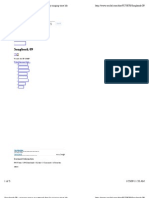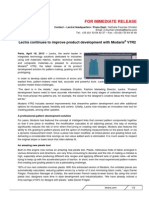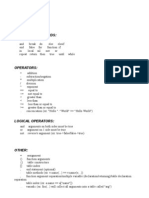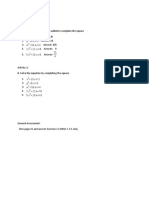0% found this document useful (0 votes)
29 views10 pages9.1. Linear Programming Maximization Problems
Linear programming involves using mathematical techniques to optimize solutions under resource constraints, essential for effective management. The graphical method is employed to identify feasible solutions and determine optimal outcomes through objective functions and constraints. The document illustrates a maximization problem involving a manufacturer of film developers, detailing the steps to formulate and solve the problem for profit maximization.
Uploaded by
jocelynong2006Copyright
© © All Rights Reserved
We take content rights seriously. If you suspect this is your content, claim it here.
Available Formats
Download as PPTX, PDF, TXT or read online on Scribd
0% found this document useful (0 votes)
29 views10 pages9.1. Linear Programming Maximization Problems
Linear programming involves using mathematical techniques to optimize solutions under resource constraints, essential for effective management. The graphical method is employed to identify feasible solutions and determine optimal outcomes through objective functions and constraints. The document illustrates a maximization problem involving a manufacturer of film developers, detailing the steps to formulate and solve the problem for profit maximization.
Uploaded by
jocelynong2006Copyright
© © All Rights Reserved
We take content rights seriously. If you suspect this is your content, claim it here.
Available Formats
Download as PPTX, PDF, TXT or read online on Scribd
/ 10


